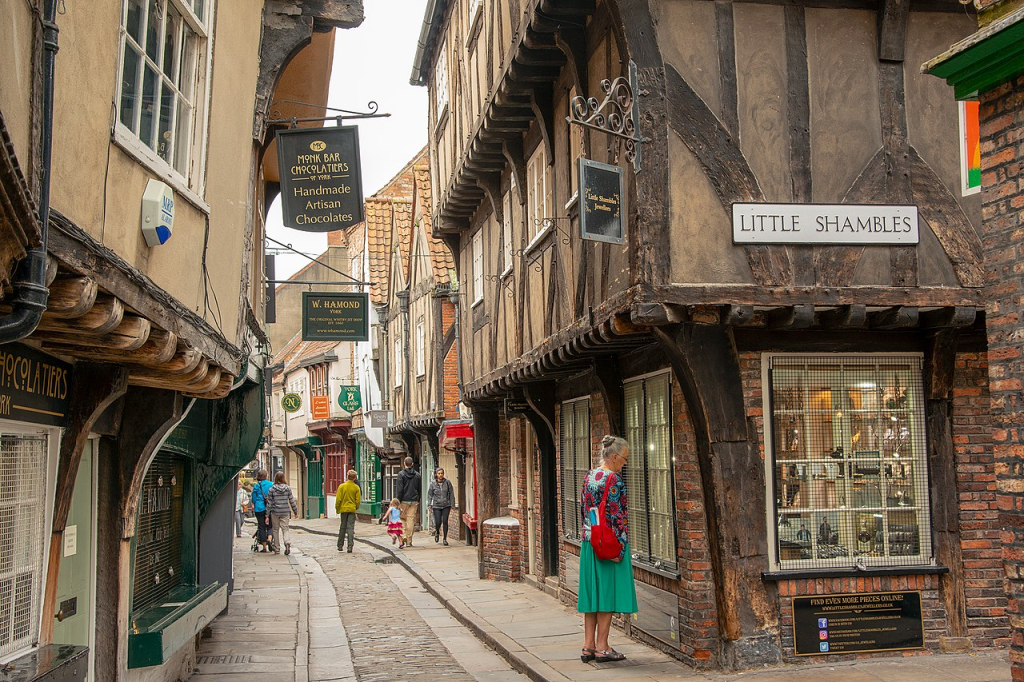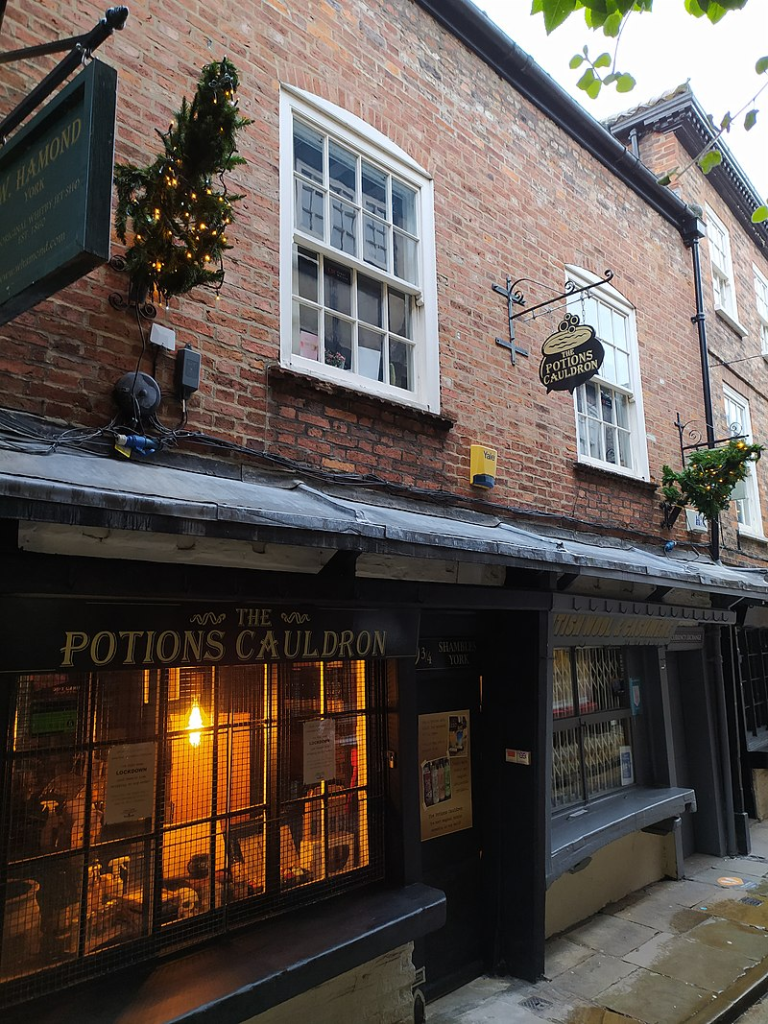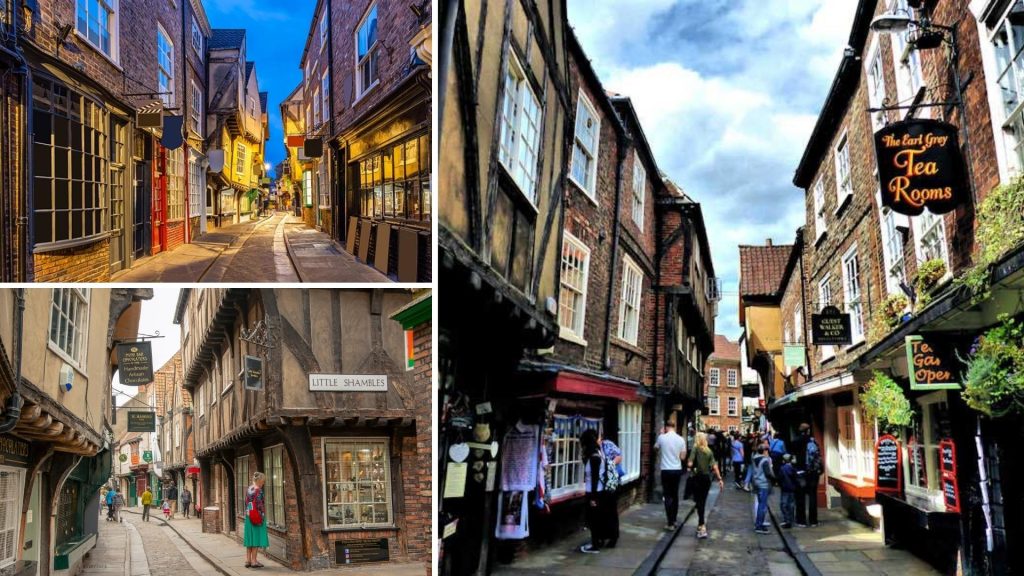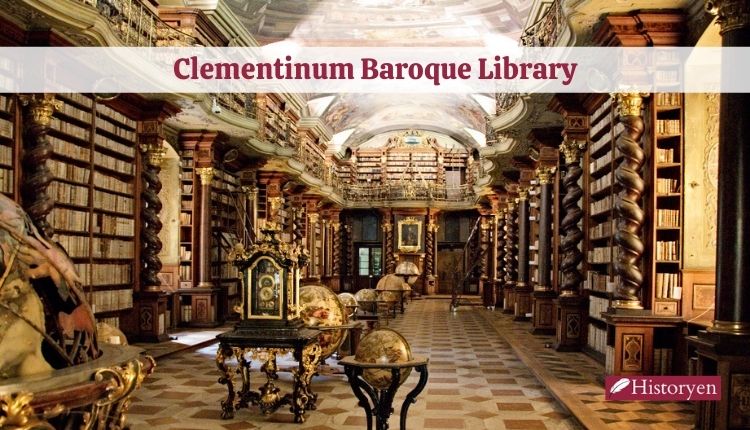Nestled in the heart of York, England, lies a street that has withstood the test of time, preserving a slice of medieval history that dates back to the 14th century. This captivating thoroughfare, known as The Shambles, is a testament to the architectural ingenuity of yesteryears. In this article, we embark on a journey through time to unravel the rich tapestry of the streets, a street that enchants all who stroll along its cobblestone paths.
The Origin of The Shambles
A Butcher’s Legacy
The street’s name is believed to have originated from the Anglo-Saxon “Fleshammels,” which translates to “flesh-shelves.” These shelves were once used by butchers to display their meat. In 1885, The street housed an impressive array of thirty-one butcher shops, a bustling testament to its meaty history. However, today, not a single butcher shop remains.

The street’s association with butchers dates back to the 14th century, and this legacy persisted for centuries. The unique architecture of The Shambles played a significant role in this continuity. The buildings, with their jettied floors that extended over the narrow street, provided shade, keeping the meat fresh for longer. Even the rear of the shops served as slaughterhouses, ensuring that butchering waste was efficiently washed away.
A Glimpse into Medieval York
During medieval times, The Shambles was not an anomaly in York. Streets with a similar appearance, like The Water Lanes, painted a picturesque picture of the city. The street proudly showcases its original medieval-built structures, with many buildings dating as far back as 1350–1475. This charming quality has earned The Shambles a prominent place in York’s history, recognized as a major attraction since the 19th century.
A Tale of Transformation
The Shambles in the Mid-20th Century

The mid-20th century marked a period of transformation for the street. After the Second World War, city planners aimed to revitalize the area’s aging buildings. York City Council acquired numerous properties from private owners and embarked on extensive reconstruction. Regrettably, many historic buildings, including slaughterhouses and outbuildings, were demolished in the process, leading to mixed opinions about these restorations.
Snickelways to Market Stalls
The back of the buildings once housed “snickelways,” small alleyways that opened onto a bustling market known as Shambles Market. Previously named Newgate Market, this vibrant hub was renamed in 2015, breathing new life into the heart of the street.
The Enchanting Allure of Diagon Alley
The Shambles is not just a historical treasure; it also has a touch of magic. It is one of several locations across the UK that claims to have inspired Diagon Alley in the Harry Potter series. Since 2017, four wizard-themed shops have graced The street, creating a delightful blend of reality and fantasy. However, it’s worth noting that J.K. Rowling, the author of Harry Potter, denies ever visiting the street.
Notable Buildings Along The Shambles
As we wander along The Shambles, we encounter a wealth of remarkable buildings, each with its own unique history. Notable structures include 1 Shambles, a timber-framed building from the 14th century, 2 Shambles from the early 18th century, and 3–5 Shambles from the 19th century, with one having served as the former Shoulder of Mutton pub.

On the west side, you’ll find 27–28 Shambles, built in the early 19th century, 30 Shambles, an 18th-century building extensively rebuilt in 1952, and 31–33 Shambles, constructed as a terrace around 1436. The diversity in architecture tells a story of evolution spanning centuries.
A Shrine to Saint Margaret Clitherow
One of the most intriguing elements of the street is the shrine to Saint Margaret Clitherow. She was married to a butcher who owned and lived in a shop on the opposite side of the street at number 10 Shambles. Her home is believed to have been number 10, which even features a priest hole fireplace. Both the shrine and number 10 Shambles are protected as listed buildings, adding to the street’s historical significance.
Conclusion
The street, with its rich history, captivating architecture, and a touch of enchantment, stands as a symbol of York’s enduring charm. As we stroll along its narrow paths, we can’t help but be transported back in time to an era of butchers, bustling markets, and medieval magic.



